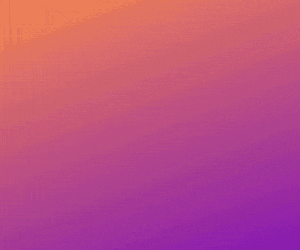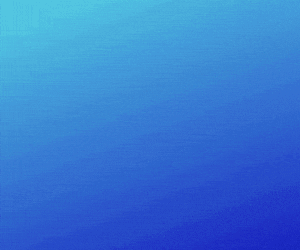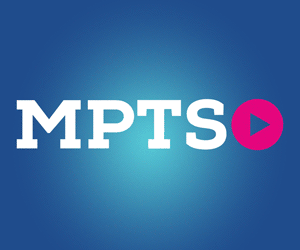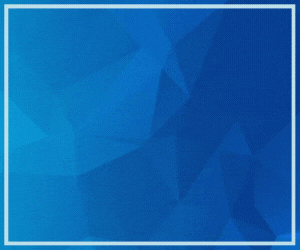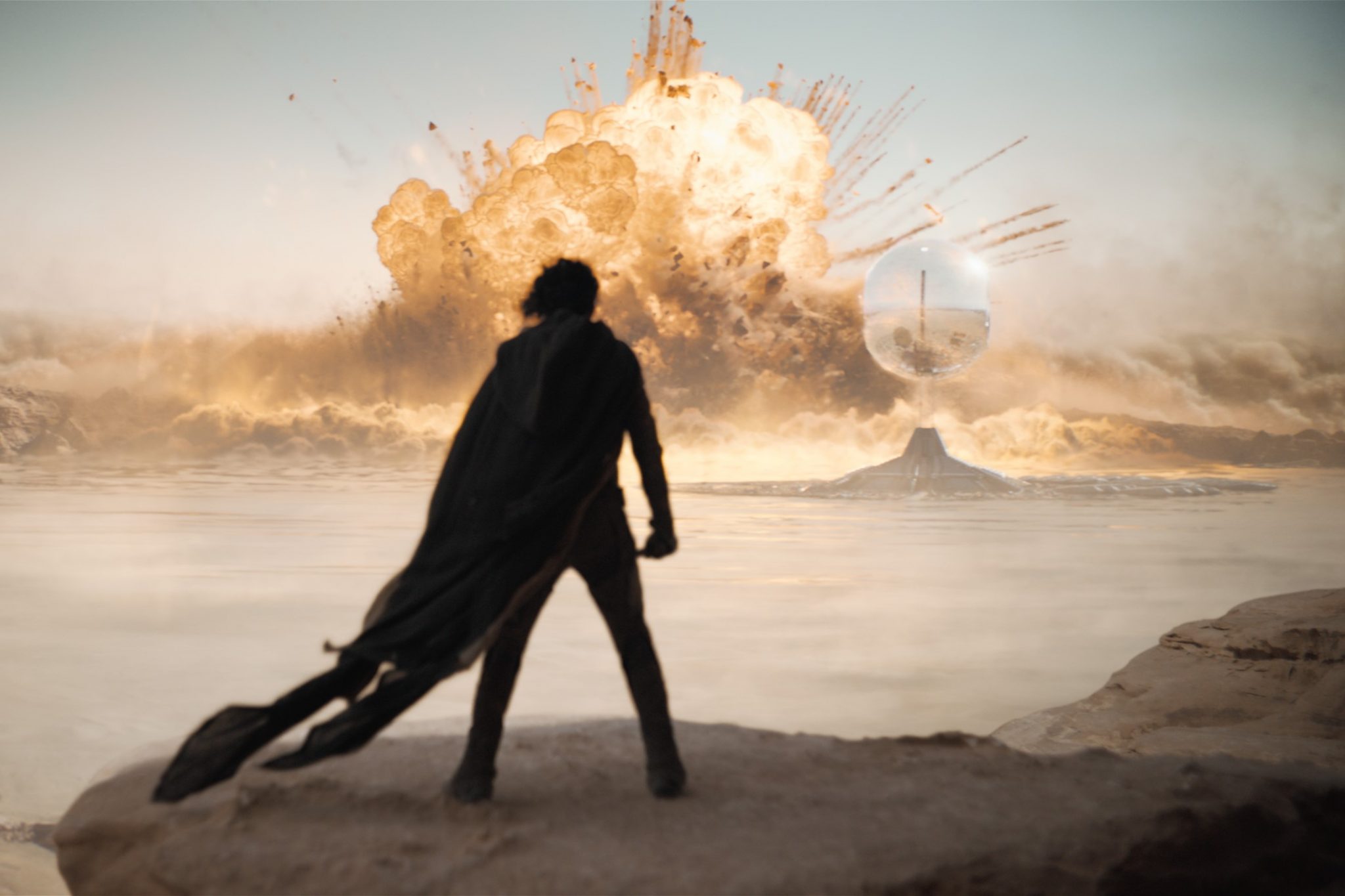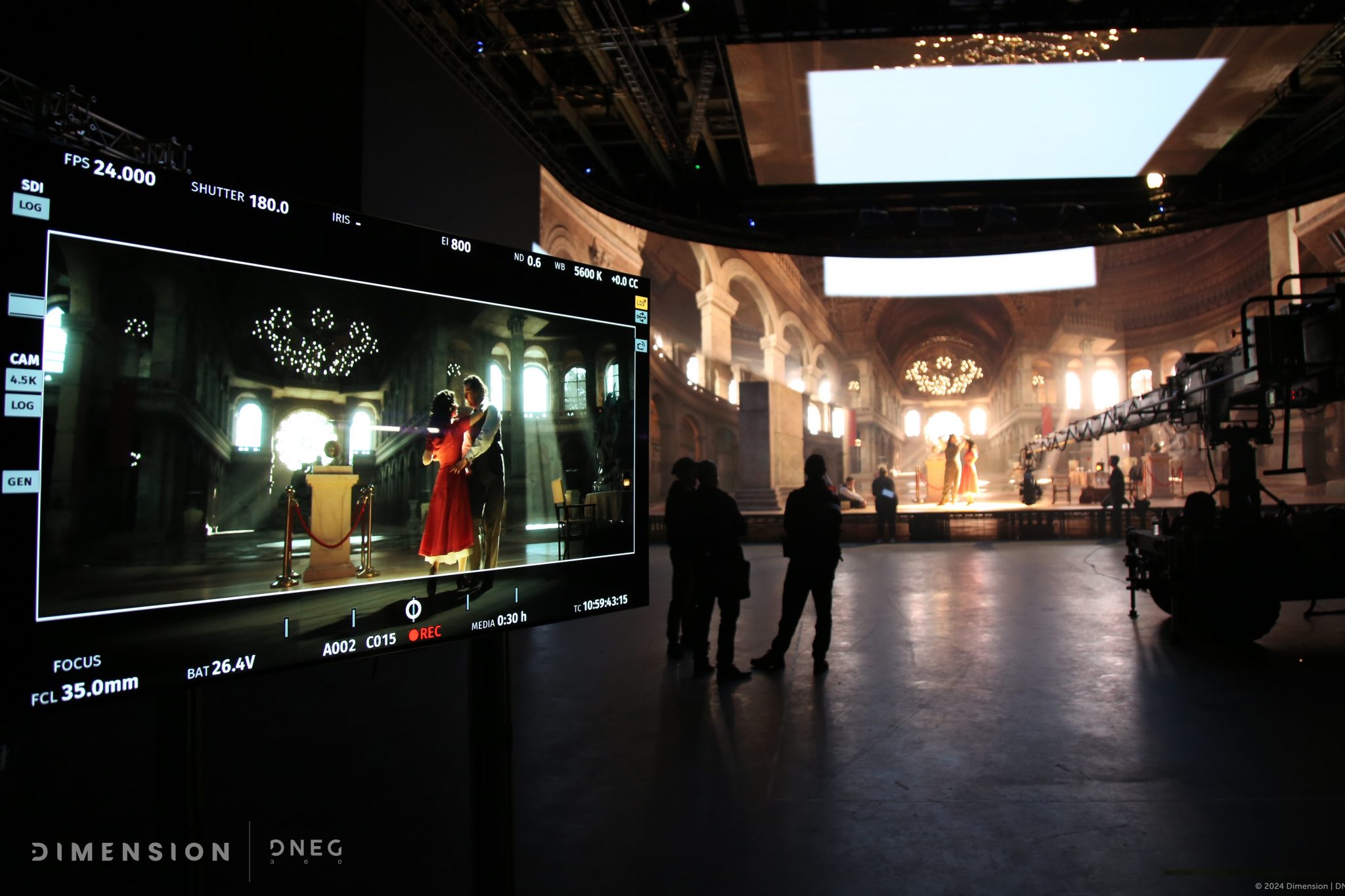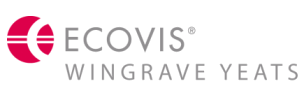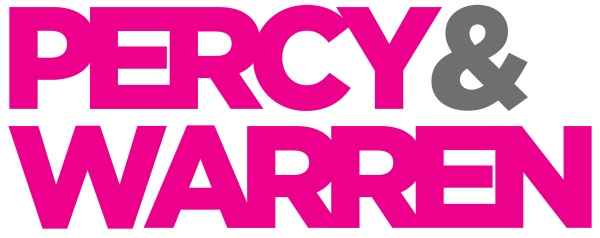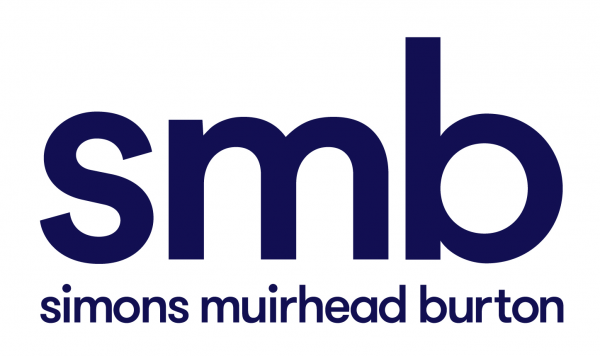DNEG’s VFX Supervisor, Lee Sullivan, breaks down the studio’s work on the new Disney+ action comedy TV series.
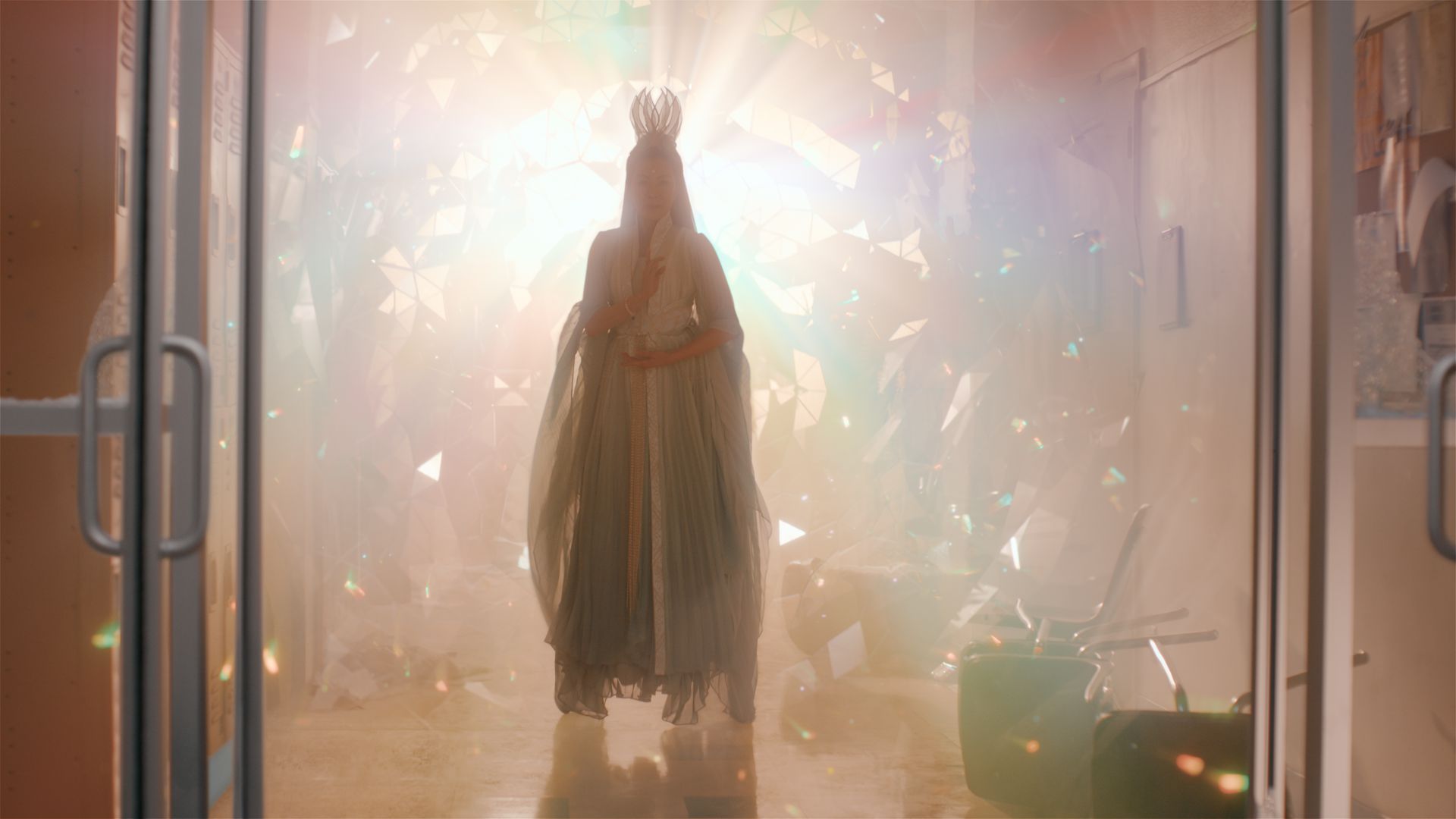
What scenes were DNEG responsible for? How many shots did you complete and how did you achieve them?
Our work across the series was quite varied, from animal transformations to aerial combat in the school football stadium. The animal transformations all had some magic to help the transitions from very different morphologies rather than a straight morphing effect; each one was a bespoke setup telling its own story, for example when Sun Wukong transforms into a cricket in episode 3, it needed to have a more comic effect than the hectic chase scene transformations in episode 1.
The fight scenes with the staff throughout the series required many iterations to find the right intensity and scale of magic to be sure that it told the story and didn’t overwhelm the amazing live action choreography. There were also many incidental magical events tied to specific gods throughout the series, and each one needed to express the particular character and abilities of that god. In total we worked on 37 assets and delivered 269 shots across all 8 episodes of Season 1.
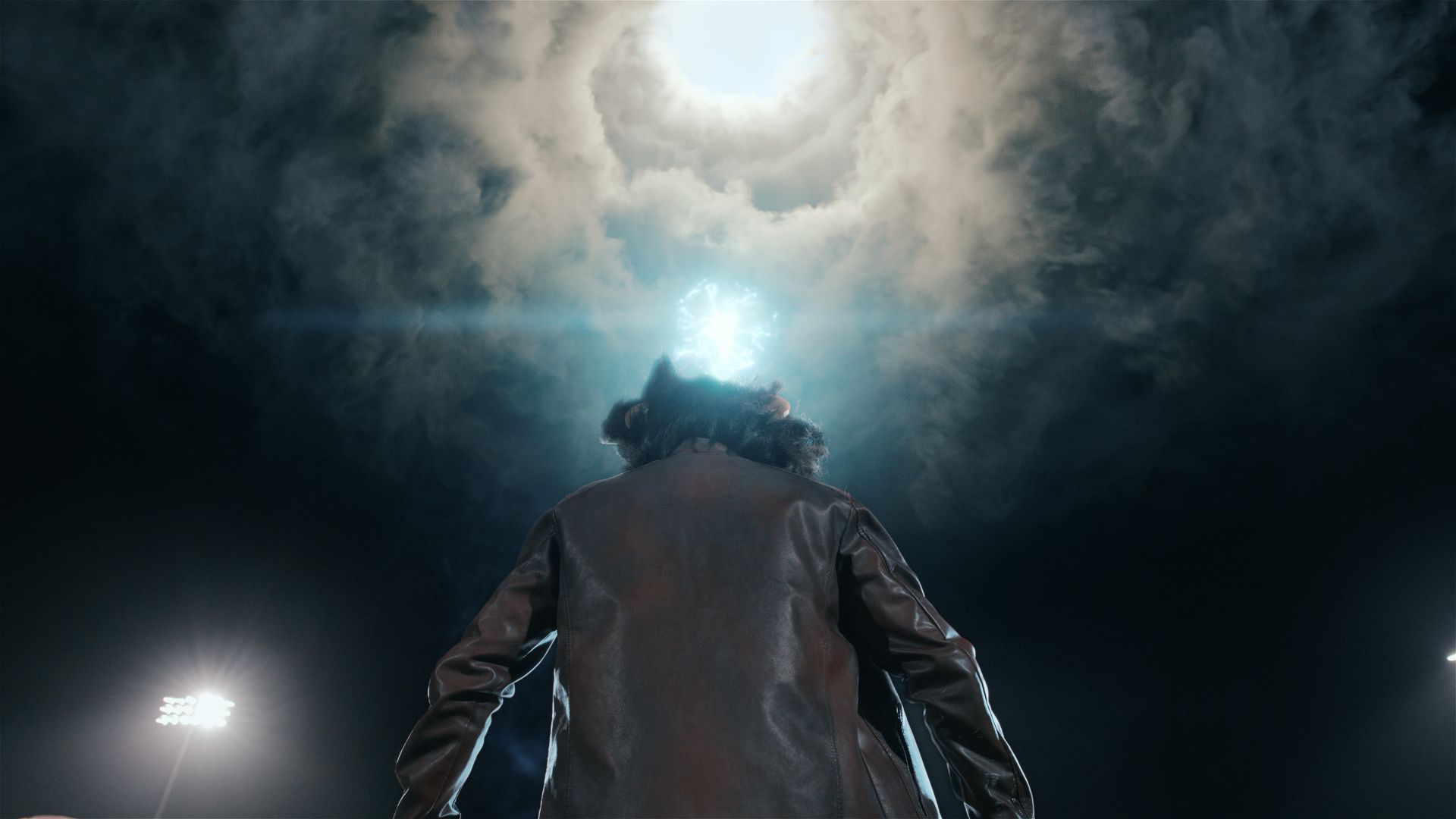
What was the biggest challenge of the process? What was the most difficult VFX sequence in this project?
It’s always a challenge to figure out what magic is supposed to look like; there are a million different creative directions you could go. Client-side VFX supervisor Kaitlyn Yang gave us several diverse mood boards to start with and we went through a month of work on concept stills and then dynamic magic test shots. It was helpful to have extensive postvis to start with for timing and scale of FX, however as is often the case, they said not to match the look of it!
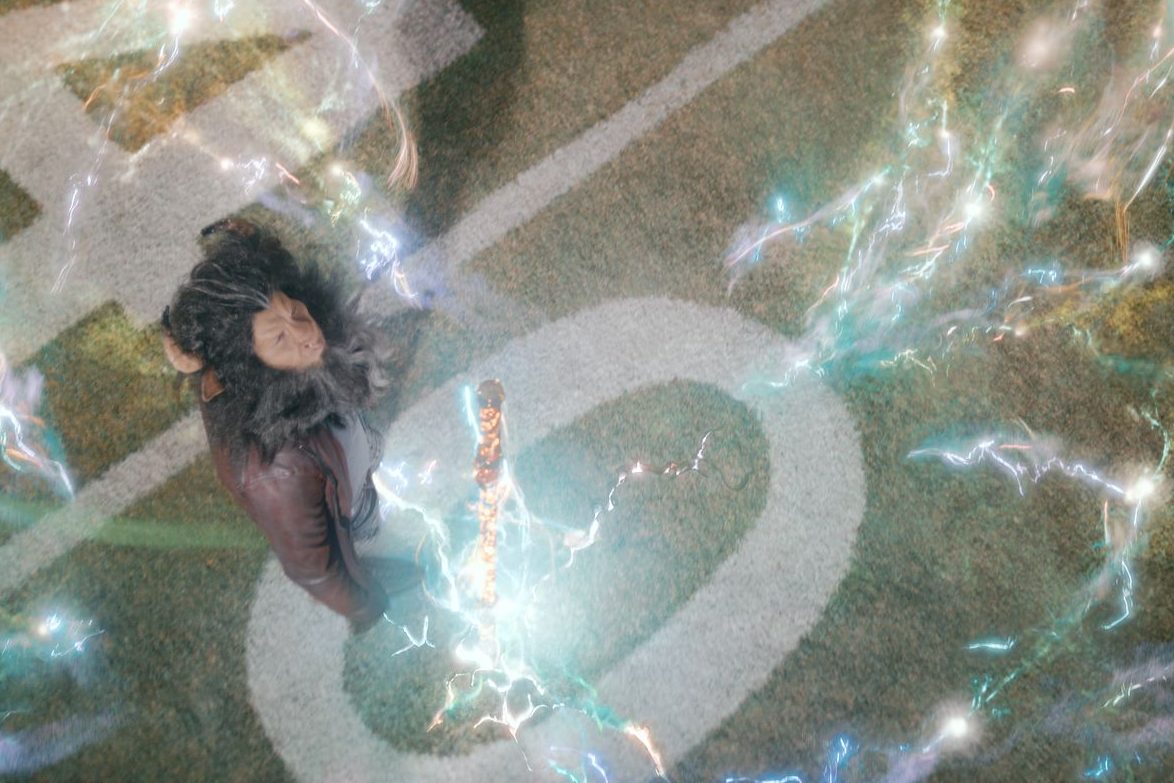
Were there any particular pieces of instruction that stood out to you when achieving the VFX style?
The most interesting creative direction was for the magic portal around Guanyin Pusa, Goddess of Compassion (played by Michelle Yeoh); Destin Daniel Cretton and Kelvin Yu told us they didn’t want the magic to read as well-established culturally Western iconography, as seen in other Hollywood films and series. We tried some more classic “portal” effects, but Kaitlyn kept guiding us towards kaleidoscopes and rainbows, which led us down a fascinating visual path and we ended up with something interesting and unique.
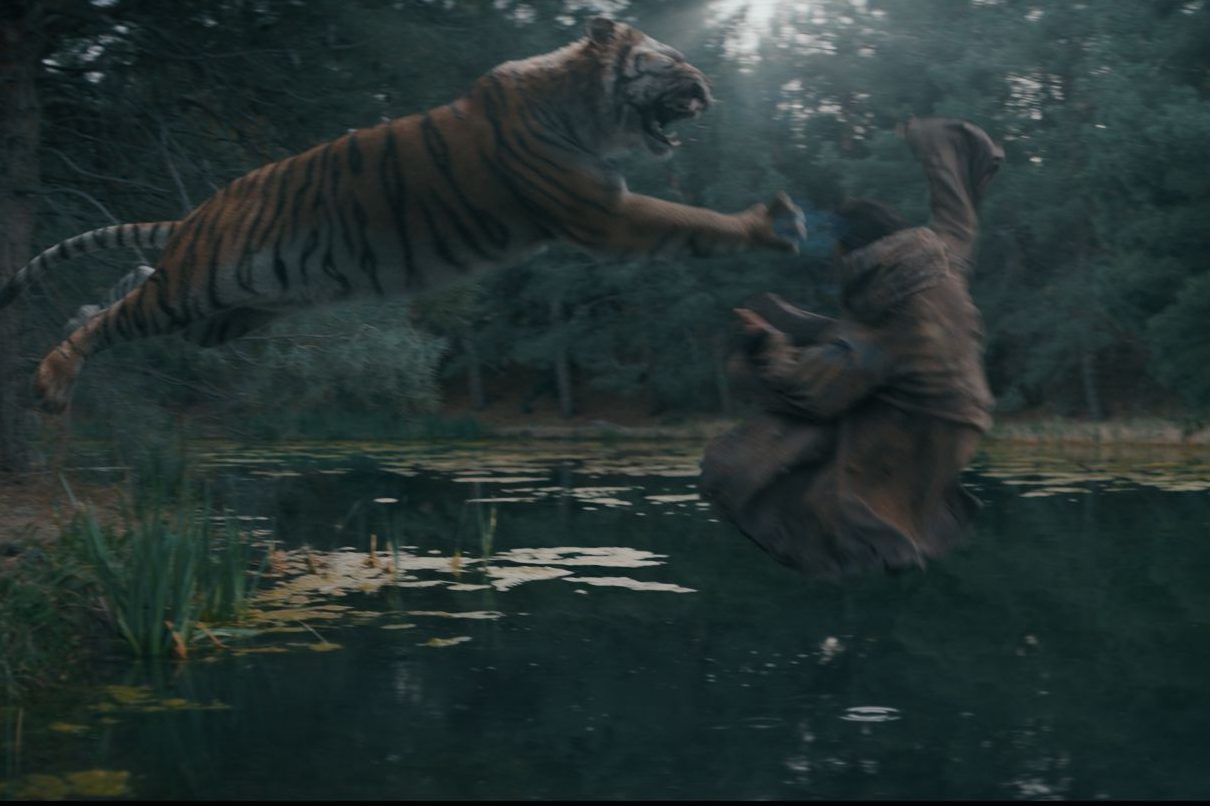
How did your approach differ from other DNEG projects you’ve worked on?
On this project we collaborated with our sister company ReDefine, which was a great experience! We had a great creative collaboration with Viral Thakkar, the ReDefine VFX supervisor, and Gufran Khan, ReDefine’s VFX Producer. DNEG created all the creatures featured in the transformations; the falcon, the tiger, the fish, the wolf, the cricket and the mouse. ReDefine did all the shot work and developed the magic effects.
Another interesting aspect of the show was the tight turnaround for a series of this complexity; we did one month of asset creation and magic development, and then delivered the entire series in four months. It’s a testament to the talent, dedication, and creative drive of our artists, supervisors and production team that we achieved a high level of quality in that timeframe!
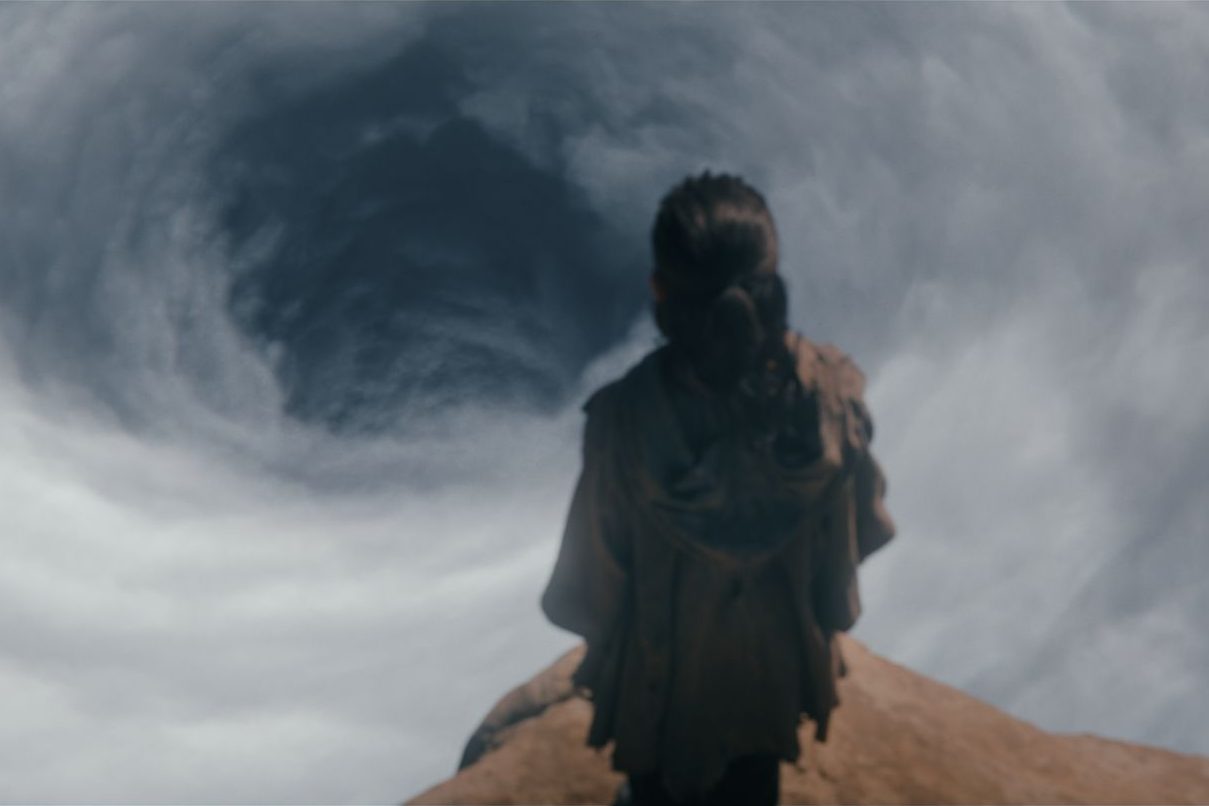
What is your favourite piece of VFX in this project?
The opening scene is really unique! It’s a fun combination of uniquely Chinese mythology and iconography, stunt wire work, and it hooks you into the series from the opening shots.
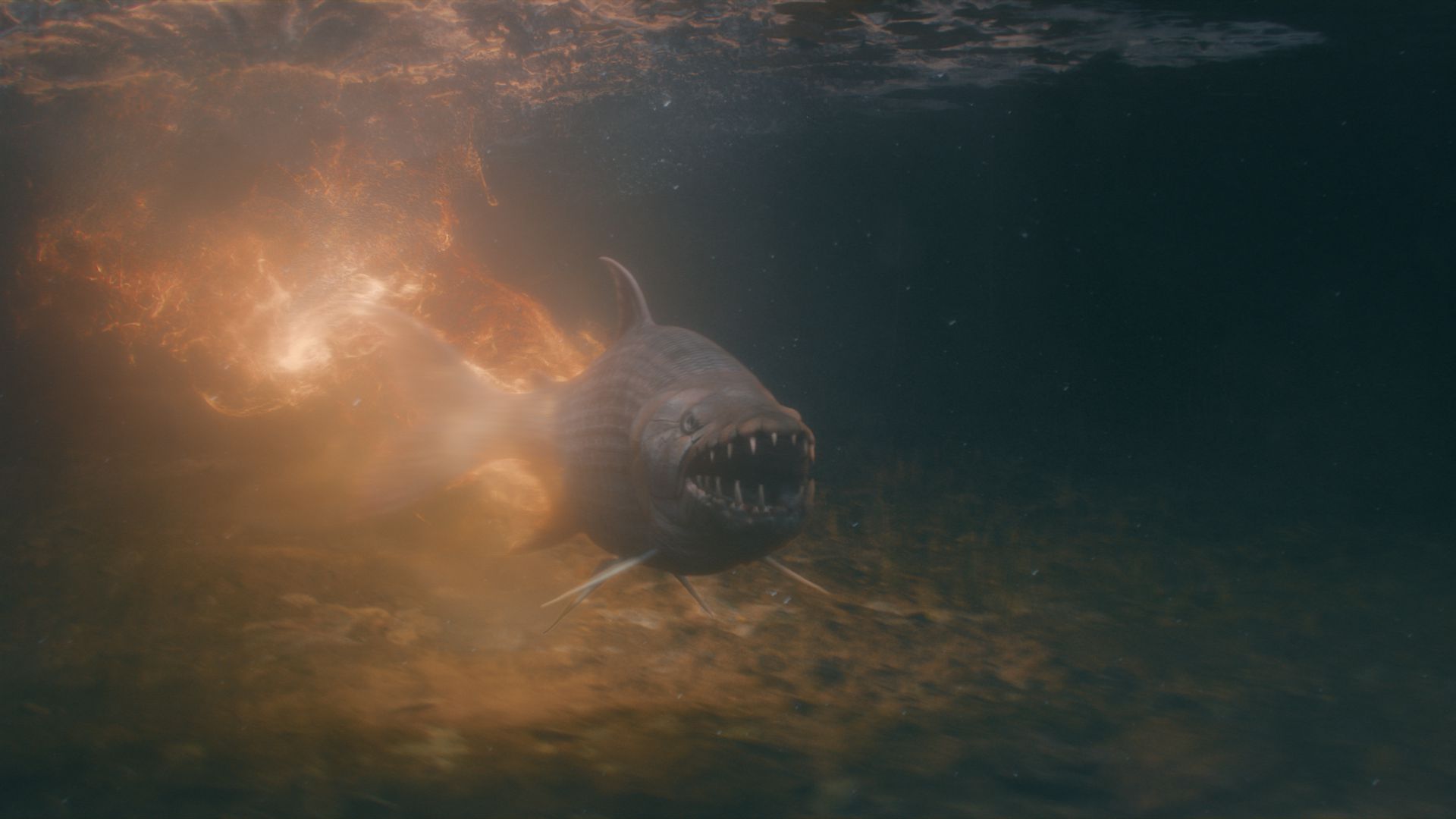
Were there any other visual inspirations for the project?
Kaitlyn and Kelvin had already done a deep dive into many other Monkey King films and series, and came into the show with ideas of new directions to go in, so beyond the general idea of making sure we were inspired by Chinese aesthetics rather than Western ones, it was more about exploring our own visual path to best support the story.
The exception was episode four, which intentionally references Hong Kong movies from the 70s and 80s, so the unique challenge there was to give a retro vibe to our VFX to fit the skewed aesthetic. So, we found some old clips from movies like Zu Warriors from the Magic Mountain and the final battle in Krull, and to achieve this look to the magic we did hand-animated glow shapes, opted for 2D rather than 3D tracks, and tweaked our comps to look like they’d been done within the limitations of optical printing.

